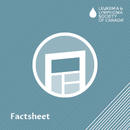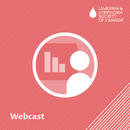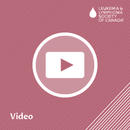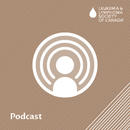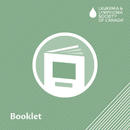Resource Library
Showing 1 to 10 of 308 results
Palliative care is appropriate for anyone with a serious illness such as blood cancer - regardless of their age, stage of disease, or prognosis. Palliative care is not limited to individuals with non-curative cancer. This type of care focusing on improving your quality of life, is sometimes called holistic care or whole–person centered care.
Leukemia, Lymphoma, Myeloma, Myelodysplastic syndromes, Myeloproliferative neoplasms, Treatment and side effects
In this "Innovation in Research" webcast recording, you will learn about the community of microbes (bacteria, fungi, viruses and their genes) living within our digestive tracts, known as the “gut microbiome,” and how it can play a role in blood cancer treatment and quality of life.
Treatment and side effects
A mother talks about how her world turned upside down when her 7-year-old daughter was diagnosed with a blood cancer. Already juggling work and family, becoming a caregiver on top of it all felt overwhelming to her. This mom's self-care took a back seat as she focused her energy on the care of her sick child.
Mental health and wellness
This video, told from the father's point of view, talks about the strains on himself, his wife, their child with cancer, and their other children.
He describes every hospital visit, every round of treatment as "a rollercoaster of hope and fear."
He describes every hospital visit, every round of treatment as "a rollercoaster of hope and fear."
Mental health and wellness
Maura C. had recently returned to work after maternity leave when her daughter, then 15 months old, was diagnosed with acute myeloid leukemia (AML) and immediately admitted to the oncology ward. “This is a nightmare I’m not waking up from,” Maura thought over the 5 months her toddler was in the hospital. She says she and her husband moved from their initial…
Mental health and wellness
Caring for your child diagnosed with a blood cancer can feel like your whole world is collapsing – but of course, collapsing is not an option for you. Spending time, as early as possible, on getting help with any mental health concerns is time well spent to strength your support of your child.
Mental health and wellness
Activity book for children and families facing a blood cancer diagnosis.
Leukemia
Receiving a blood cancer diagnosis can be challenging and overwhelming. Along with physical symptoms, individuals with a blood cancer diagnosis may experience serious mental health challenges such as depression, anxiety, or even post-traumatic stress disorder (PTSD).
Mental health and wellness
You or your loved one has been diagnosed with a type of blood cancer. You will be making important decisions with your healthcare team.
Treatment and side effects
Your patient has been diagnosed with a type of blood cancer. You will be supporting them and their family in making important decisions
Treatment and side effects
